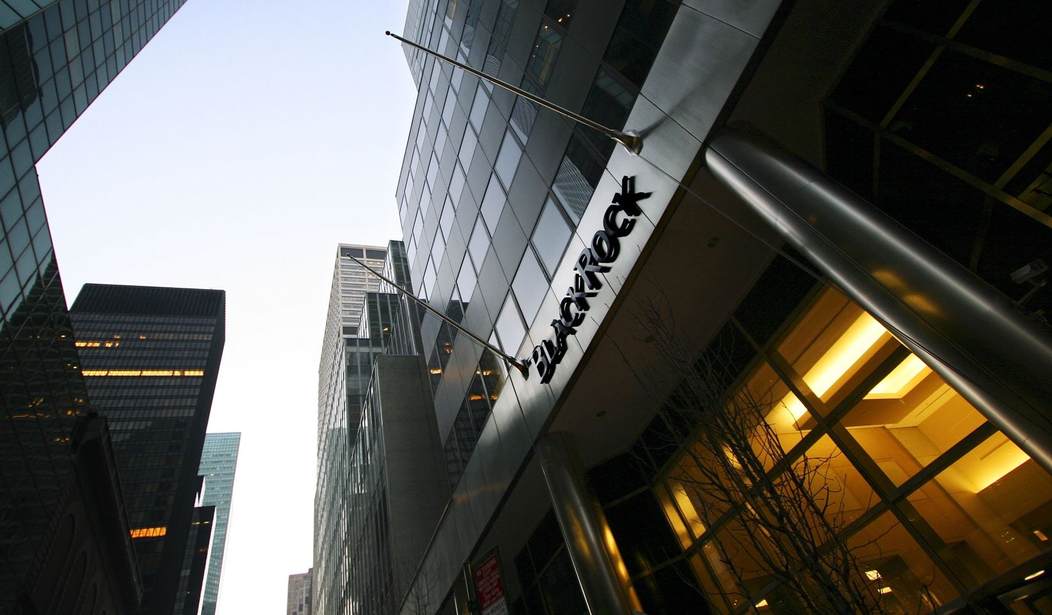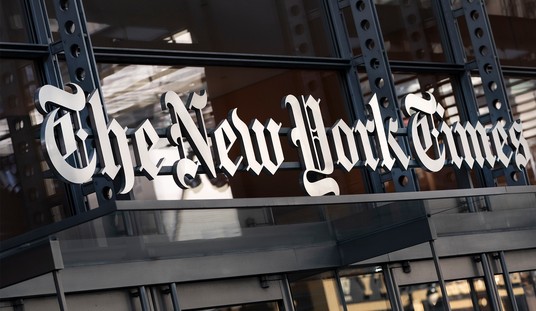I ran across a link to this McKinsey report and found it fascinating because it describes how the transnational elite creates a web of resources and influence to achieve their goals.
While focused specifically on climate action, the tactics outlined in the paper provide a template for all major transnational projects, from NetZero to Censorship implementation. Once you dig down into the specifics you can see this model duplicated in all the major issue areas where the transnational elite tries to control our lives.
4Ps Model by McKinsey & WEF
— F* Your Short Memory 🏴 Anti-Cult of Absurdity (@BucMon21) January 6, 2025
Public, Private, Philanthropic Partnerships
(Excerpts)https://t.co/dTYt0ZzWEe pic.twitter.com/wnJvdfrgO4
McKinsey partnered with the World Economic Forum--because of course, they did--to lay out the strategy and explain how it all works, including assigning specific tasks to various actors on the world stage.There is nothing secret about this, at least at the general level. Just as with the web of government spending being revealed by DOGE, all the data is out there if you have the time and energy to look, and in many cases, the people implementing these plans are proud to explain to you their agenda.
But as with the World Economic Forum, which holds fora, hosts a comprehensive web page, and makes no efforts to hide their plan, all these efforts never get covered in the Pravda Media because they are part of the entire scheme. For the most part, the people churning out these papers and implementing the plans are technocrats who believe in what they are doing. Whether that is equally true for the people at the top who direct these efforts strikes me as less certain.
So how does this strategy work? They call it the "Four P" model:
he pressing need for climate and nature action is increasingly felt across the world. In response, governments and companies have been multiplying commitments and actions in areas such as the net-zero transition, biodiversity loss prevention, and broader natural-capital preservation.1 These have in turn accelerated the momentum for public–private partnerships that combine the public sector’s ability to create enabling conditions with the private sector’s scaling ability. For their part, philanthropies are increasingly turning their attention to climate and nature, seeing them as key challenges in their own right and as intimately linked to the core issues of equity and development that have long been at the heart of their agendas.
We now see early signs of the public, private, and philanthropic sectors—often alongside a broader range of social sector actors (including NGOs, nonprofits, think tanks, and community organizations)—embracing such partnerships to tackle systemic climate and nature challenges. These public–private–philanthropic partnerships, or 4P models, have included transactional financing, industry-targeted initiatives, and wide-ranging knowledge-sharing platforms. They often (but not always) focus on emerging economies.
Public--government. Private--transnational corporations and investment groups like Blackrock. And philanthropies which partner with NGOs to push the preferred agenda, like Net Zero in this case.
Everybody rowing at the same time in the same direction. I would add the media/propaganda complex, which is intimately connected to the effort, so think "Five P:" Public-Private-Philanthropy-Propaganda Partnerships.
Solving climate and nature challenges entails deep, system-level transformation. This in turn requires an understanding of the needs and constraints of a broad and diverse set of actors, the ability to bring those actors together to address well-defined objectives, the willingness to take a long-term perspective that allows for action today with benefits in the future, the capacity to run a robust day-to-day operation with a team whose duties include ensuring the partnership stays on track with its initiatives, and an appetite for experimentation and risk-taking. By their very nature, 4P models are well suited to address these issues, because they bring together many actors, each with different capabilities and strengths:
- The public sector can enact policies, put in place incentives, regulations, and support mechanisms, and invest funds to support solutions and create stable and positive enabling conditions for further investments.
- The private sector, including corporations supported by investors, can establish the required business models and mobilize resources to grow and deploy solutions at scale.
- Philanthropies can leverage their higher risk tolerance, longer time horizons, and knowledge of intergenerational and equity issues to invest in solutions that are not yet widely adopted. Philanthropies can also bring an end-to-end cross-sectoral view to enable closer collaboration across actors.
- The broader social sector (for example, NGOs/non-profits such as advocacy organizations, think tanks, and service providers), when brought into the partnership, can ensure solutions are delivering impact for all stakeholders, including women, children, indigenous communities, and those whose voices are less often heard.
Sound familiar? Government regulation, "investments," funding of NGOs through USAID and other granting organizations, and work with the UN and other governments all push for an objective. Blackrock and transnational corporations push the same agenda through ESG, donations to NGOs, and their own propaganda efforts. Philanthropies throw money into NGOs and think tanks too, and implement many of the programs on the ground, using money harvested directly and indirectly from the other actors.
They create a nearly impenetrable web. From the UN down to the NGO making sure that a wind project that never really gets built in Nigeria "delivers impact" for women, children, and indigenous communities. Blah, Blah, Blah.
In the case of larger 4P models, a social-sector actor or jointly established operating body drives action by leveraging funding from the public, private, and/or philanthropic sector either at the outset or soon following the partnerships’ establishment. Often, the anchor is a philanthropic actor, but there are examples of the private sector taking this role. For example, BlackRock is the anchor in the Climate Finance Partnership (CFP), which aims to accelerate the flow of capital into climate-related investments in emerging markets.6
BlackRock CEO: “At BlackRock we are forcing behaviors… you have to force behaviors.” pic.twitter.com/2Q2H84GPC7
— Lindsay Penney (@TexasLindsay_) June 4, 2023
Blackrock controls over $10 trillion in investments. They can "force behaviors" if they put their mind to it, which is why so many transnational corporations got on board with ESG.
If and when the FIVE Ps are aligned, including the Propaganda part, the Truman Show is created. We all live in a world where every major institution is aligned to achieve a certain goal, spew a coordinated narrative, and direct resources all in the same direction. Everybody who dissents is a conspiracy theorist, even though the conspiracy is hiding in plain sight.
It's for your own good! We are The Science™. Take the jab or else. NetZero will save the world. Saving "democracy" means handing all power to a bureaucracy, canceling elections such as in Romania and Ukraine, banning political parties for wrongthink, throwing people in jail for tweets labeled "hate speech."
🚨POLISH MEPs STRIPPED OF IMMUNITY—COULD FACE PRISON FOR RETWEETING CRITICISM OF ILLEGAL IMMIGRATION
— Mario Nawfal (@MarioNawfal) February 10, 2025
The European Parliament has stripped the immunity of @BeataKempa_MEP , @beatamk , @PatrykJaki , and @TomaszPoreba —4 Polish MEPs from the conservative PiS party—allowing them to… pic.twitter.com/CUSK0LQ3q6
Everybody sings off the same song sheet, throws (your) money into the same pot, creates power structures that restrict our freedoms, and throws dissenters off the internet or even into jails.
That is how it works.








